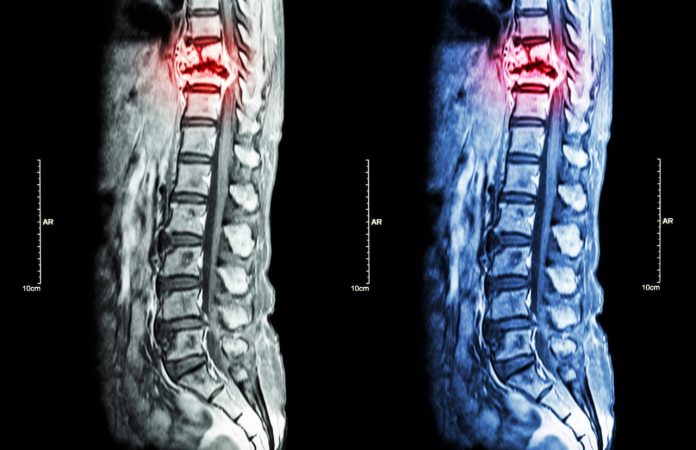The prospect of spine surgery can be extremely daunting for many people. But if you suffer from chronic low back pain, like up to 16 million Americans, then surgery could be the only way to provide long-term relief.
In recent decades, technology has advanced significantly, and there are now many options available for spine surgery. Read on to learn about the different types, so that you are fully informed to make the best decision.
Who Needs Spine Surgery?
For many patients, neck pain and low back pain can resolve without surgical intervention. In some cases, physical therapy, pain medication or anti-inflammatory medication can improve the issue.
However, surgical intervention may be recommended for patients with severe neurogenic pain or spinal cord compression. Spine surgery can treat the mechanical causes of back pain, by rectifying any structural problems in the bones or joints of the backbone.
Traditional Spine Surgery
Open back surgery is the most traditional form of operation to be performed on the spine. This procedure involves the surgeon accessing your spine with an incision. The muscle is then moved aside so that the spine can be accessed.
This enables the surgeon to remove any damaged or diseased bone or intervertebral disk. This type of surgery also often involves using screws or cages to stabilize the spinal bones. This can promote healing. Bone grafts may also be done.
Minimally Invasive Surgery
Minimally invasive spine surgery is a technique that results in less exposure of the spine. This can mean reduced blood loss, less post-operative pain, a shorter hospital stay, and faster recovery overall.
Surgeons can use advanced spine imaging to treat small spinal problems, for example, disc fragments or bone spurs. Other conditions that are suitable for minimally invasive surgery include herniated discs, spinal stenosis and osteoarthritis.
Pros and Cons of Spinal Surgery
It’s likely that by the time you consider surgery, you will have seen a large number of professionals to try to resolve your condition, including your primary care physician and maybe a physiotherapist or a pain management doctor.
It’s important to consider the pros and cons of being treated at a spine surgery center. Spine surgery can result in reduced pain and thus a reduction in the amount of pain medication you need to take. You may also be able to return to work, exercise more and improve your mobility and physical fitness. All these things are likely to lead to an improvement in your mood and mental wellbeing, too.
However, it’s important to be aware of the risks of spine surgery too. You should discuss these in detail with your spinal surgeon before reaching a final decision.
All About Spine Surgery
Now you are fully informed about spine surgery, the different types and the benefits and risks. The next step is to have a thorough discussion with your doctor to choose the best treatment for your condition.
If you’ve enjoyed this article, don’t hesitate to check out the other great health and lifestyle articles on the blog.









